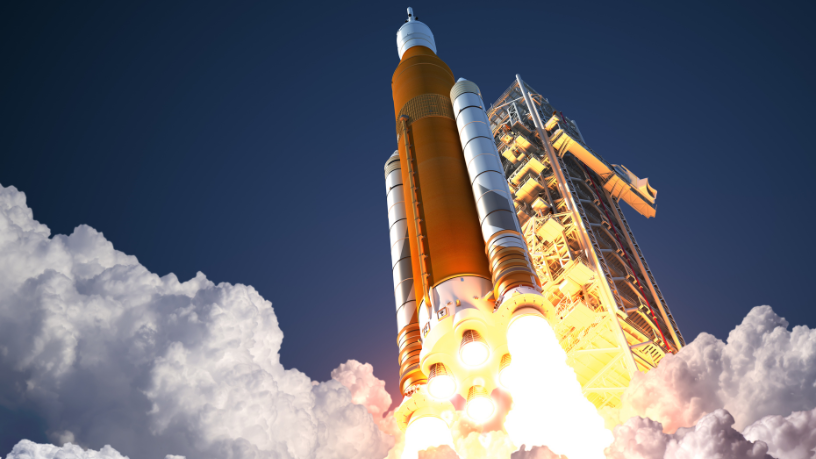The SpaceX Starship explosion marks a significant setback in Elon Musk’s quest to revolutionize space travel. On June 18, 2025, the Starship spacecraft erupted in a massive fireball during a critical engine test on its launch platform in South Texas. This explosion is the latest in a series of failures that have challenged SpaceX’s efforts to achieve reusable, cost-effective spacecraft capable of interplanetary missions. The repeated setbacks highlight the immense technical challenges of pioneering spaceflight and the resilience required to push the boundaries of aerospace innovation.
The SpaceX Starship explosion is the fourth major mishap this year, with previous tests ending in catastrophic failures either during flight or shortly after launch. Despite these repeated explosions, the company continues to push forward with development, reflecting its commitment to refining technology essential for future Mars missions and satellite deployments. The explosion underscores the high stakes involved in rocket testing, where each trial provides critical data for improvements, even at the cost of spectacular failures.
At the heart of the SpaceX Starship explosion is the vehicle’s complex propulsion system, which remains one of the most challenging components to master. The test was designed to evaluate engine performance under real-world conditions, but the failure led to an uncontrollable fireball, temporarily halting testing activities. This incident serves as a reminder of the inherent risks of rocket engineering, where precision and reliability must meet to ensure safety and mission success.
The SpaceX Starship explosion has ignited discussions about the sustainability and cost-efficiency of Musk’s space ambitions. Critics question the use of taxpayer funds supporting private space ventures when such failures persist. However, supporters argue that trial and error are integral to breakthroughs in aerospace technology. The continual investment in SpaceX’s Starship program reflects a broader vision to reduce launch costs and expand humanity’s reach beyond Earth.
This latest SpaceX Starship explosion also impacts the timeline for upcoming space missions that depend on the new rocket’s capabilities. Delays caused by testing setbacks may push back planned launches, affecting satellite deployment schedules and potential crewed missions to the Moon or Mars. The industry watches closely, as the success or failure of Starship could redefine the competitive landscape of space exploration.
In response to the SpaceX Starship explosion, Elon Musk and his team have pledged to analyze the failure thoroughly and implement design changes to prevent future incidents. The company’s iterative approach to testing involves rapid prototyping and learning from each setback, a methodology that has characterized SpaceX’s journey since its inception. This approach aims to eventually produce a reliable, fully reusable spacecraft that can dramatically alter space travel economics.
The SpaceX Starship explosion also highlights the growing role of private companies in advancing space technology, moving beyond traditional government-led efforts. Musk’s vision has accelerated innovation, but also brought to light the challenges of balancing ambition with technical feasibility. The explosion is a sobering reminder of the difficulties inherent in pushing new frontiers, even for the most well-funded and ambitious enterprises.
In conclusion, the SpaceX Starship explosion represents a major hurdle in the ongoing development of next-generation spacecraft. As SpaceX continues to innovate and test, each failure, including this recent explosion, contributes valuable knowledge toward eventual success. The Starship program remains a symbol of bold ambition in space exploration, with the potential to transform humanity’s presence in the solar system. Overcoming setbacks like the SpaceX Starship explosion will be critical to realizing that vision.
Author: Vania Quimmer





